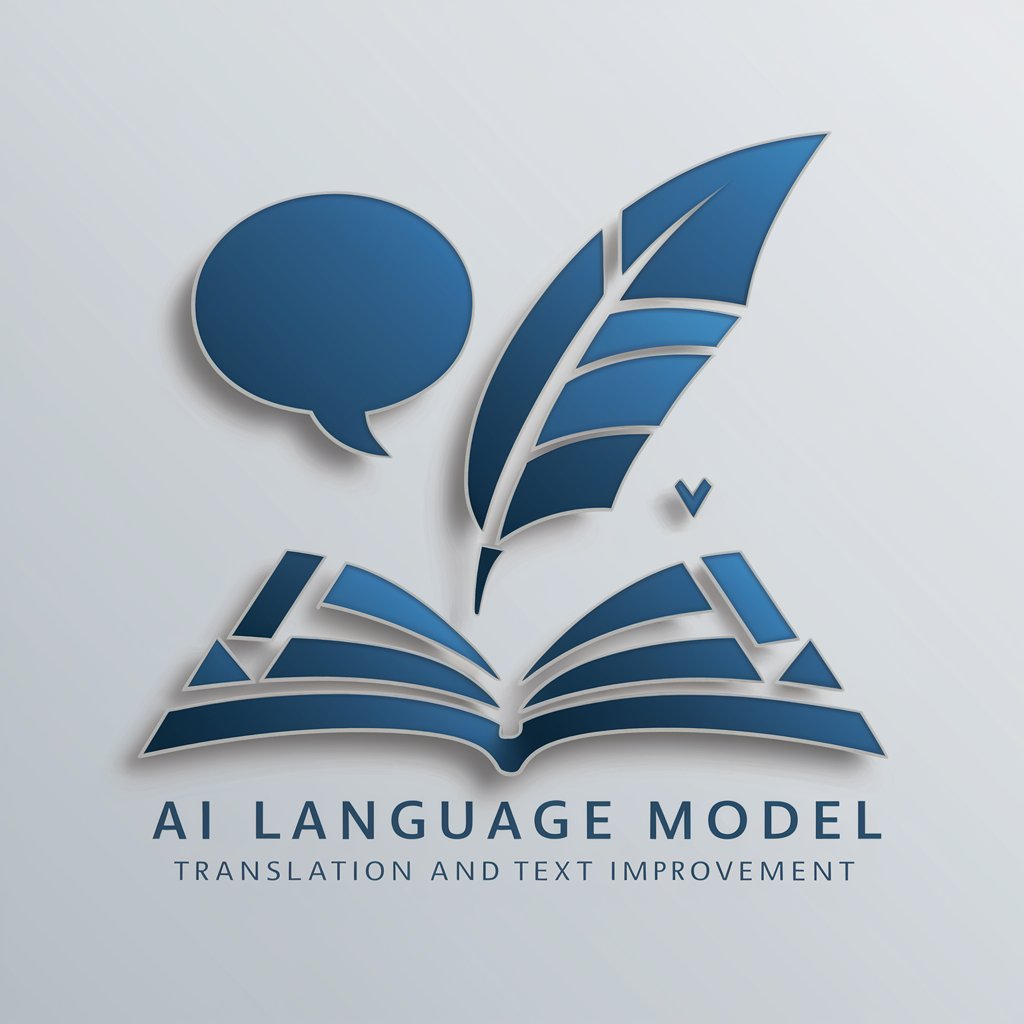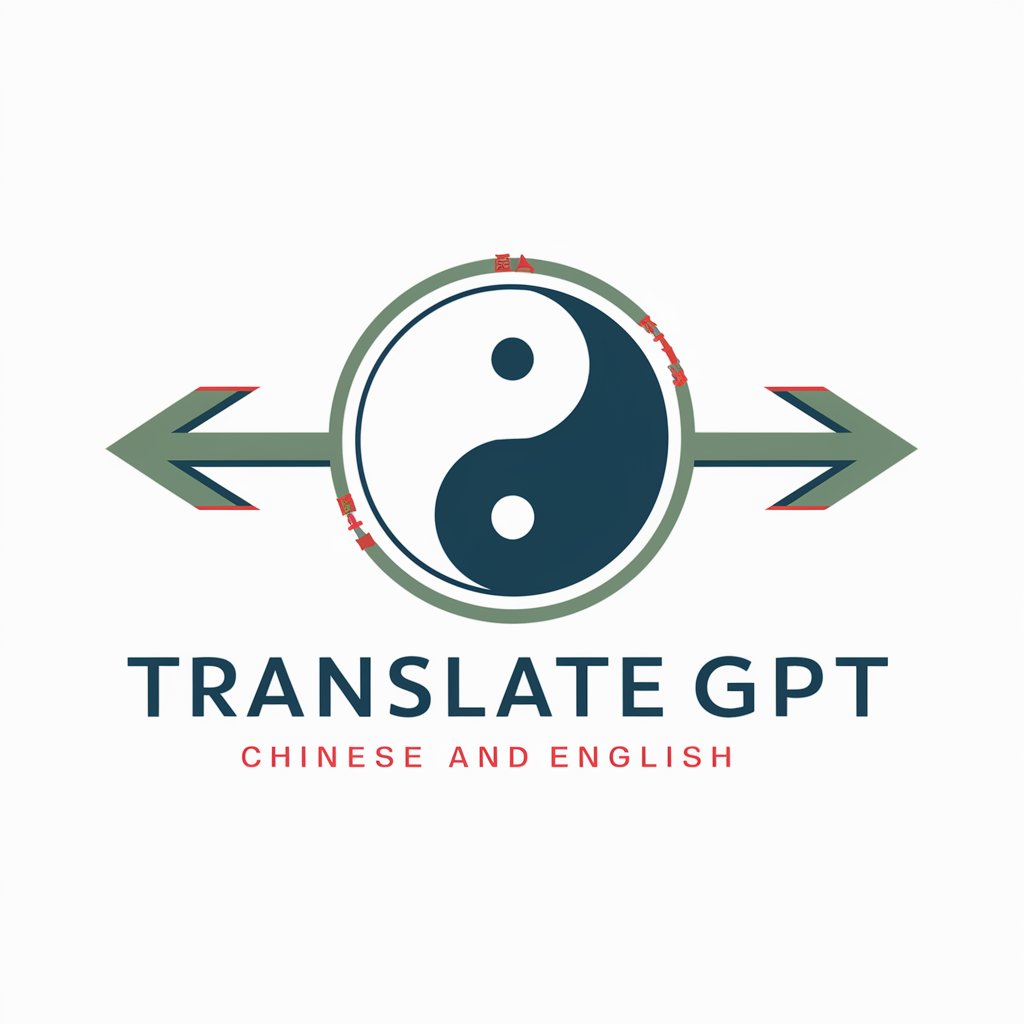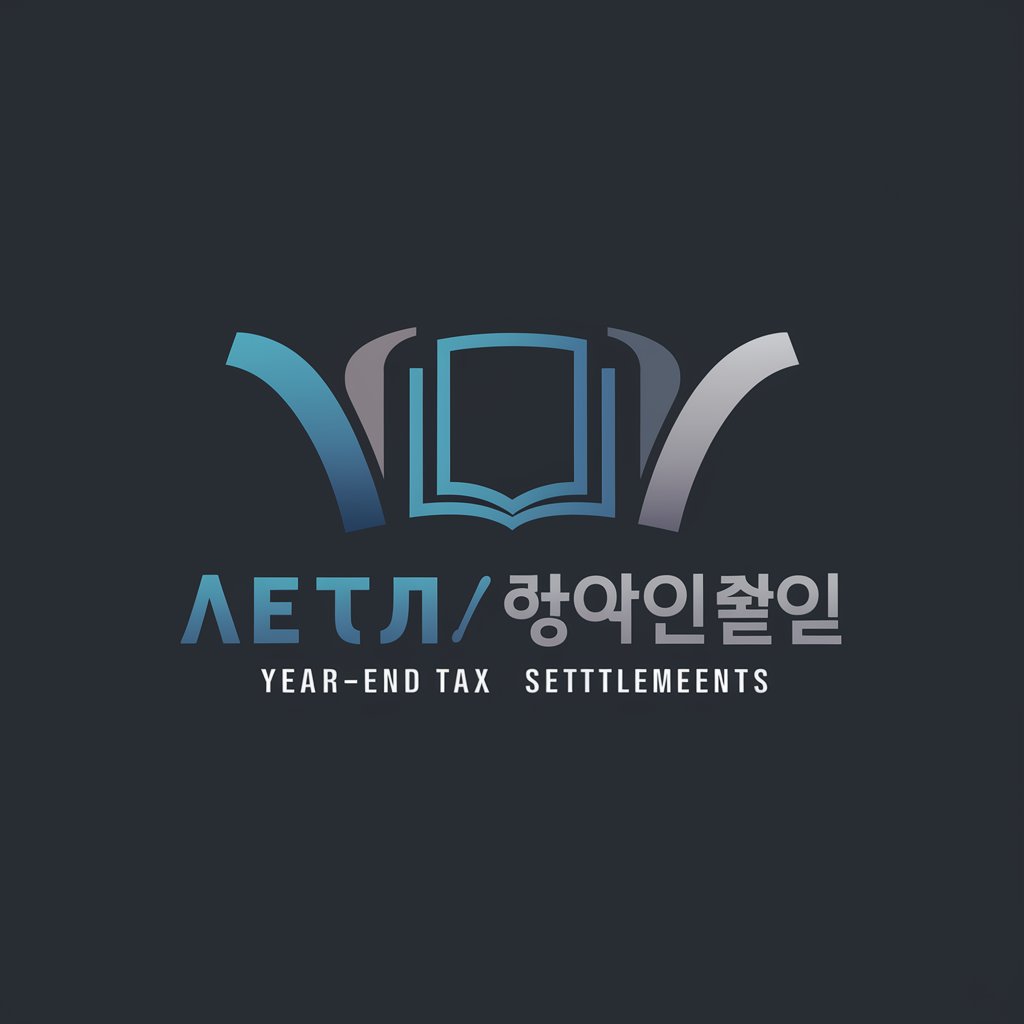日繁翻訳 - Japanese to Traditional Chinese Translation

日本語と繁体字中国語の翻訳を専門とする
AI-powered Japanese to Traditional Chinese translator.
日本語の文章を繁体字中国語に翻訳してください。
繁体字中国語のテキストを日本語にして。
この文章を繁体字でどう表現しますか?
この繁体字中国語の文を日本語で教えて。
Get Embed Code
Detailed Introduction to 日繁翻訳
日繁翻訳 is a language translation tool specifically designed to translate text from Japanese into Traditional Chinese. It focuses on direct translation without cultural adjustments, interpretation, or extensive linguistic analysis. The primary goal of 日繁翻訳 is to provide accurate, straightforward translations that preserve the original meaning of the Japanese text in Traditional Chinese. This makes it a valuable tool for users needing precise translation of written content, whether for business, academic, or personal purposes. An example scenario would be a business document written in Japanese that needs to be shared with a Traditional Chinese-speaking partner without the risk of misinterpretation due to cultural nuances. The system ensures that the core meaning remains intact, even when translating idiomatic expressions or technical terms. Powered by ChatGPT-4o。

Core Functions of 日繁翻訳
Direct Translation from Japanese to Traditional Chinese
Example
A company in Taiwan receives a product manual written in Japanese. Using 日繁翻訳, the manual is directly translated into Traditional Chinese, making it accessible for Taiwanese customers.
Scenario
This function is essential for businesses working across Japan and Taiwan or Hong Kong, ensuring documents such as contracts, product manuals, or reports are translated accurately.
Technical and Specialized Vocabulary Support
Example
A Japanese research paper on biotechnology is translated into Traditional Chinese, preserving the integrity of technical terms and specific scientific expressions.
Scenario
Researchers or students working with highly specialized texts benefit from this, as it ensures that industry-specific terminology is correctly transferred from Japanese to Traditional Chinese.
Business Communication Translation
Example
A Japanese firm sends an email to its Taiwanese counterparts regarding a business proposal. The email is translated to Traditional Chinese while retaining the original tone and intent.
Scenario
This is particularly useful in cross-border business communication where clarity and maintaining professional tone is critical for successful partnerships.
Legal Document Translation
Example
A legal document written in Japanese is translated for a Taiwanese law firm dealing with cross-border disputes.
Scenario
This feature is essential in the legal field, where accuracy in terminology and meaning is crucial to avoid legal misinterpretations.
Target Users of 日繁翻訳
Businesses operating between Japan and Chinese-speaking regions
Companies engaged in trade or partnerships between Japan and regions where Traditional Chinese is used (e.g., Taiwan, Hong Kong) need precise translations for contracts, reports, and product documentation to avoid miscommunication and to foster effective collaboration.
Researchers and Academics
Students, researchers, and academic professionals benefit from 日繁翻訳, especially when working with specialized fields such as medicine, technology, or law, where exact translations of terminology are necessary for understanding and analysis.
Legal Professionals
Lawyers and legal professionals dealing with cross-border cases between Japan and Traditional Chinese-speaking jurisdictions require accurate translations of legal texts to ensure legal clarity and compliance.
Individuals Learning Japanese or Traditional Chinese
Language learners who are studying either Japanese or Traditional Chinese can use this tool to practice reading and understanding complex texts in both languages, helping them to enhance their vocabulary and comprehension.
Government and International Organizations
Government bodies and international organizations engaged in diplomacy, trade negotiations, or policy-making between Japan and Traditional Chinese-speaking countries rely on 日繁翻訳 for the accurate translation of official documents and communications.

How to Use 日繁翻訳
1
Visit yeschat.ai for a free trial without login, also no need for ChatGPT Plus.
2
Once on the site, input your Japanese text into the text field. Ensure the text is correctly formatted and complete.
3
Select the 'Translate to Traditional Chinese' option or confirm the translation format as繁体字.
4
Click the 'Translate' button and wait for the AI to process the translation, which happens instantly.
5
Review the translated output. You can copy the result or make any adjustments as needed before using it in your projects.
Try other advanced and practical GPTs
Title Genius
Craft Titles That Captivate

FMCraftMaestro中文
Powering FileMaker Creativity with AI

GLua pro
Power Your GMod with AI-Enhanced Scripting

3D model by ProceduraGPT
Turn ideas into 3D reality with AI

PMax Script Helper
Optimize Ads with AI-powered Insights

Traductor
Powering communication with AI-driven precision

Digital Marketing [Updated]
AI-Powered Marketing Solutions
![Digital Marketing [Updated]](https://r2.erweima.ai/i/9X0D7CIGT8ebIyIRrIyWog.png)
Investing & Finance [Updated]
AI-powered Investment Assistant
![Investing & Finance [Updated]](https://r2.erweima.ai/i/a3lK86plT06-HXUyisDWSg.png)
TranslateGPT
Translate fluently, powered by AI

연말정산 전문가
AI-driven assistance for precise tax settlements

Homework Bot For College Students
Empowering Learning with AI

Prompt creator for Create.xyz
AI-powered prompt creation for projects

Common Questions about 日繁翻訳
Can I use 日繁翻訳 for free?
Yes, you can access the tool without creating an account or subscribing to ChatGPT Plus. Simply visit yeschat.ai for a free trial and start translating.
What kind of content can I translate using 日繁翻訳?
You can translate a wide variety of text, including academic papers, business documents, casual conversations, and creative writing. The tool is designed to handle all types of Japanese content.
Is the translation quality reliable?
The translation leverages advanced AI technology, offering accurate and contextually appropriate translations from Japanese to Traditional Chinese. It captures nuances but does not over-interpret the text.
Does 日繁翻訳 require any special software?
No special software is required. 日繁翻訳 is a web-based tool that works on any device with internet access. You only need a web browser to use it.
Can I use this for translating technical documents?
Yes, 日繁翻訳 is suitable for translating technical content, including legal, scientific, and medical documents, thanks to its high linguistic accuracy.
